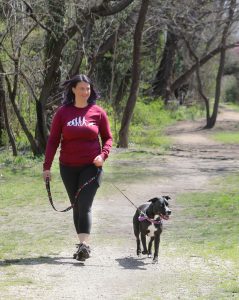
As the weather warms up and Covid restrictions begin to be lifted, more and more people and their pets are spending time outdoors! Exposing your dog to high temperatures, prolonged direct sun, and intense exercise can lead to heat stroke, paw pad burn and/or dehydration in the Summer heat. This June brings added risks as pets have not socialized normally in over a year.
Here are 5 helpful tips for keeping your Summertime walks safe and fun:
Be Temperature Safe
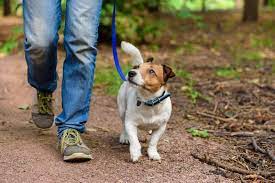
Because dogs are closer to the ground, they’re more susceptible to the warmth radiating from hot surfaces so make sure to bring lots of water on your walks and avoid overdoing it. Allow rest in the shade, take longer walks in the cooler weather of early morning and evening hours and remember to test the pavement with your palm. If you can’t comfortably hold your hand to the pavement for 7 seconds, it is too hot for your dog to be walking on. We recommend walking on trails and grassy areas instead. You can even get booties for your pup if hot pavement is your only option.
Fleas and Ticks and Bugs, Oh My!
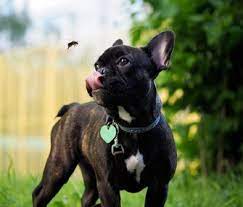
As the weather warms up, we get to enjoy beautiful flowers and greener trees…but so do the pests! Always remember to check your pet for ticks and fleas and keep them updated on their preventatives. Ticks like to latch on to warm areas so check your pup under the arms, legs, ears, and belly to keep them safe. (To learn about the types of ticks in our area, how to prevent them, check for them and remove them, reference our previous blog articles here). Plus, this year we get to deal with the emergence of cicada Brood X. Luckily, they don’t sting or bite, so are generally harmless, but some dogs like to snack on them and ingesting too many of them can cause stomach upset. Another area of concern for some is bees. Some dogs can’t resist chasing after their buzzing bodies but their sting can be painful and may cause an allergic reaction. Always keep a watchful eye on your pup and it doesn’t hurt to keep Benadryl around, just in case!
Don’t Let Pesticides be Pet-sticides
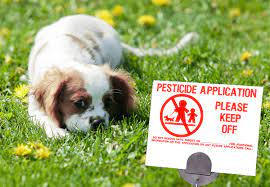
As summer plants start to grow like crazy, be aware of the vegetation your dog may want to gnaw on. Hot days bring a lot of growth and many places will use pesticides to keep the greenery at bay. Some of these chemicals can be toxic to pets. Knowing your neighborhood, keeping a short leash around unknown plants and offering treats to pull their focus back on you are great ways to prevent your dog from chowing down on unknown vegetation.
Be Wary of Standing Water
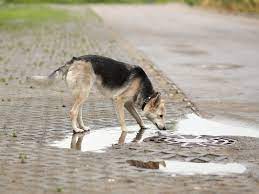
Summer is hot and humid but not without its share of thunderstorms. Standing water, such as puddles or small pools, are a prime home for insect larvae, mold, and gathered oil or refuse. Steer clear of these, especially with a younger pup who may want to drink or splash around in the water. Molds and vehicle refuse can be very harmful to your dog so it would be best to find a way around these danger zones.
Keep Your Distance

Since dogs have not socialized much over the last year, it is more important than ever to keep your pup away from unknown dogs while on walks. Some dogs are friendly to all, while others only like the company of their pawrents and dog’s behavior is unpredictable. Being on leash forces dogs to meet nose-to-nose and limits their movements which may send mixed, challenging signals. Instead, dogs, when meeting for the first time, should meet in short bursts with leashes dragging in a spacious neutral territory. This way, they can interact in normal ways but can also be separated quickly if necessary.
Because our dogs are stuck wearing fur coats, summer heat requires a shift in typical leash walking routines in order to keep them healthy. Following our tips can help to keep your dog safe and comfortable during Summer leash walks.
Have a go-to hack or solution to beat the heat this Summer? Share in the Comments!
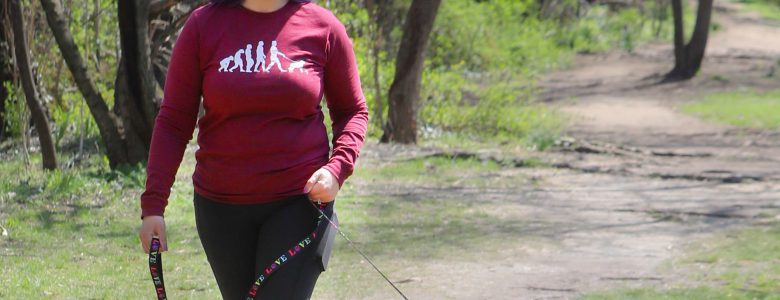




Leave a Reply